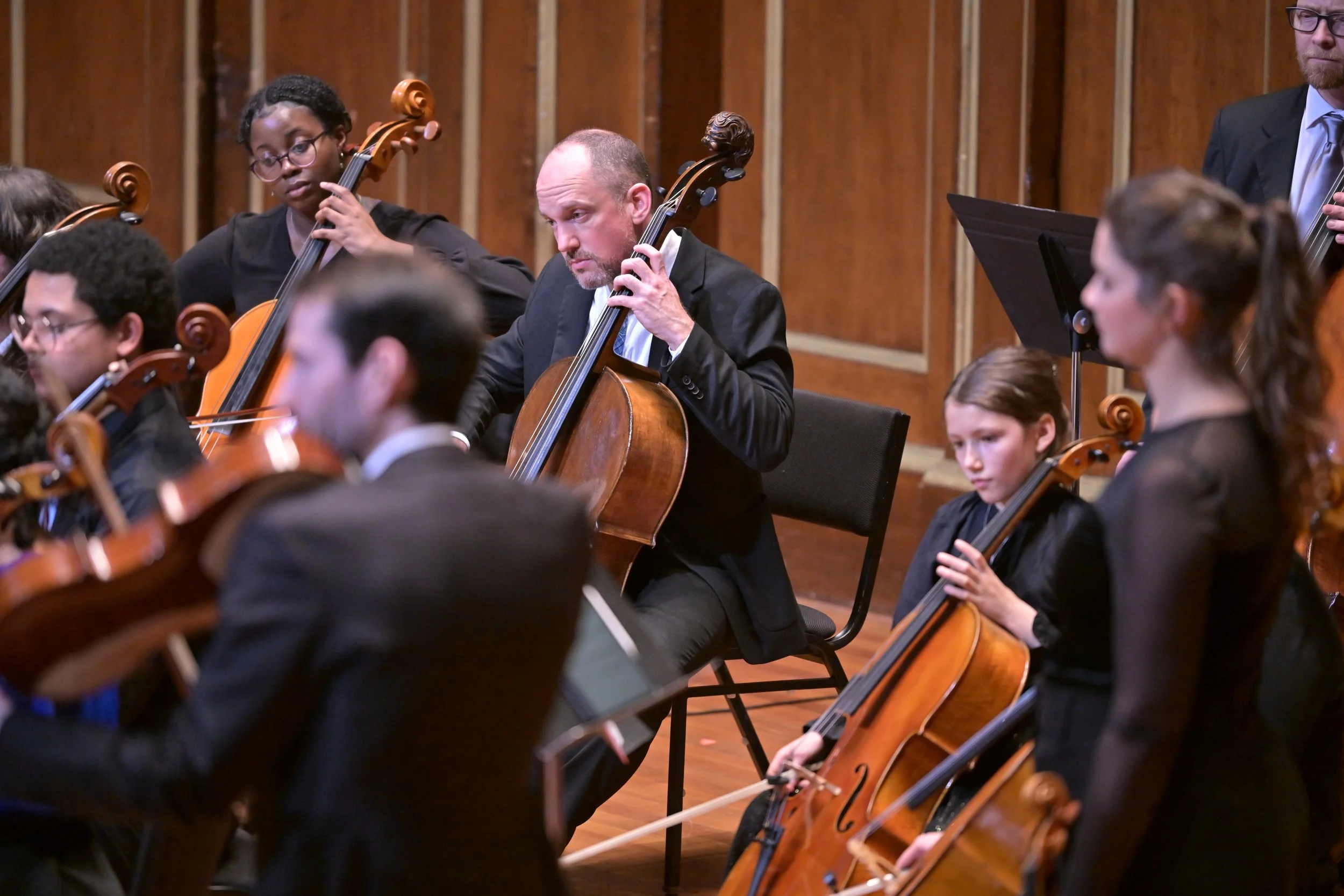The sham public disturbance trials are nearing their conclusion, with final arguments to be presented tonight, December 7 at 7pm, when The AFC Challenge comes to the Isabella Stewart Gardner Museum. Wholesale acquittals are expected.
In “Ouch my ears, pt. 2” we introduced the topic of dissonance, and we won’t be looking back on that front. Interestingly, though, we will be returning, philosophically, to the ideas raised relating to the first piece on the program, Philip Glass’s tonal and lovely Echorus (see “Ouch my ears, pt. 1”): music that depicts functional systems rather narrative tension and conflict. Here, again, in works by Ligeti, Usui, and Xenakis, the music relates to concepts and sounds encountered in the real world, like the sound of a beehive, of our stomach growling, or of the wind hitting a ship’s sail.
Where these pieces are exceptional are in the ways they use dissonance to create music that is felt in an almost tactile way, and, in that, they make a fine triptych, each relating to a different state of matter: the Ligeti as vapor, the Usui as liquid, the Xenakis as solid.
György Ligeti: Ramifications
Accused of: what is that?
Defense:
Ligeti’s Ramifications is a cloud in sound and, in that, a remarkable and complex achievement. There have been pieces dating back centuries that have depicted scenes in various states of cloudiness, Beethoven’s “Pastoral” Symphony for instance, but these never get past the bluff called out in René Magritte’s The Treachery of Images (“Ceci n’est pas une pipe”), that these are mere depictions or interpretations. Ramifications comes as close to debunking this as one can and maybe even succeeds, at least achieving the definition of a cloud that is “an indistinct or billowing mass.” So, when someone asks what you did Thursday night, you can tell them “I heard a cloud,” and you wouldn’t be lying.
And if, to accomplish that, Ligeti has to tune one half of the ensemble a quarter tone sharp, or abandon all tonality and pitch center, or utilize dense, complex, offset rhythms; we should grant him that.
Shiori Usui: In Digestion
Accused of: what IS that??
Defense:
Next we get to say: “I went inside a stomach!” And to those not familiar with the animated children’s television series The Magic School Bus (specifically Season 1, Episode 2, in which the class is shrunk down and travels inside Arnold’s digestive system), this may not seem like the coolest thing ever, but it is.
Among composer Shiori Usui’s inspirations in her work are “the sounds of the human body, the deep sea, and many other weird and wonderful organisms living on Earth.” In Digestion, then, is her artful transcription of the sounds of eating and digesting food. Looping back to the earlier comparison, that the final three works of The AFC Challenge represent vaporous, liquid, and solid states (this work being liquid), the context presented is perhaps a bit grotesque, and might even elicit a groan. We need, though, to swallow those preconceptions and, again, approach this with a beginner’s mind and a spirit of fun. The spirit behind this piece truly is one of curiosity and playfulness, the childlike glee of reveling in gross things. It's not as forbidding as it sounds; despite the chomping sound effects, it won’t bite.
Iannis Xenakis: Voile
Accused of: WHAT IS THAT???
Defense:
Here we reach the max: music both dissonant and loud, that can almost be felt physically, as a solid object. This might possibly be traced to Xenakis’s roots as an architect, when he was a partner of Le Corbusier, one of the pioneers of “modern architecture.” In his music, then, alongside the physicality of sound, is a clarity of structure and texture that ought to dispel notions that his music is at all “random,” and might even help reframe the apparent harshness as something cutting, clear, and invigorating.
With Voile, once again, is also a sort of glee in misbehaving, in the spirit of the “enfant terrible.” There are hints of popular tunes (highly discordant, of course: 2:29 in the video below), as well as classical tropes, like the final chords, reminiscent of grand Beethovenian ending (4:44).
Beyond the structure and humor, though, is also a good deal of anguish, and in this one may find it helpful to approach Xenakis’s music with a degree of compassion. As you can see in his photo, his face is scarred, and he was also blind in one eye, stemming from an injury sustained from a tank blast as a member of the Greek resistance during World War II. He was able to escape, and lived in exile from the right-wing regime that was installed following the war for over 20 years. It’s this subtext that might help us to transform Xenakis from a forbidding figure to one that's misunderstood.
We’ll leave you with a quote from John Cage, who said: “I think that people are wonderful, and I think this because there are instances of people changing their minds.” Here, then, with music that might that might not be in our usual rotation, the key is being open to that, to listen with fresh ears, with curiosity, and good humor.
(Full playlist of The AFC Challenge here.)













